Seattle has long been admired for its progressive values, tech innovation, and natural beauty. Yet, under its polished image in 2025 lies a growing concern: certain categories of crime are quietly surging, masked by overall citywide reductions in crime data. This article uncovers the disparities in neighborhoods, reveals the types of crimes on the rise, and examines why residents in specific areas feel increasingly unsafe—even as officials cite falling crime rates.
The Apparent Decline in Citywide Crime
Overview of Property and Violent Crime Trends
According to Seattle Police Department’s early 2025 statistics, crime appears to be down citywide. By April, the city had recorded approximately 11,331 combined property and violent crimes—a notable decline from the same period in 2024. City officials attribute this to improved policing strategies, better coordination with community groups, and increased patrol coverage.
Snapshot of Early 2025 Crime Stats
While major categories like burglary, larceny, and assault have seen modest declines overall, these aggregate numbers often overshadow deeper issues at the neighborhood level. From a surface perspective, Seattle seems to be returning to pre-pandemic crime rates—but the reality is more complicated.
When You Zoom In: The Precinct-Level Breakdown
Precincts Showing Decrease in Crime
- North Precinct: Saw a 25% drop in property crimes during Q1 2025.
- South Precinct: Also experienced a 25% decline.
- Southwest Precinct: Enjoyed the biggest improvement, with a 30% fall in criminal activity.
- West Precinct (Downtown): Recorded a modest 7% decrease across violent and property crimes.
These figures support the city’s positive outlook—but only at the macro level.
East Precinct: A Glaring Exception
The East Precinct, which includes Capitol Hill, First Hill, and the Central District, showed no decline in property crime and a rise in violent crimes. Sexual assaults and aggravated assaults have notably increased here, highlighting localized issues that aren’t captured in broader summaries.
The Hidden Surge: Crime Types Quietly Rising
Aggravated Assaults Are Up
Aggravated assaults are up over 20% from pre-pandemic levels. Often linked to mental health crises, substance abuse, and encampment conflicts, these attacks disproportionately impact service workers, unhoused individuals, and vulnerable residents. These crimes often don’t make headlines—but they are increasing.
Motor Vehicle Thefts Continue to Plague the City
Vehicle theft remains a significant issue, even after a small dip in 2024. Early 2025 data suggests thefts are still nearly double what they were in 2019. Thieves are targeting:
- Toyota Camrys and Honda Civics
- SUVs with keyless entry
- Vehicles parked near public transport hubs
Many victims now face steep insurance hikes and costly out-of-pocket repairs.
Sexual Assaults and Bias Crimes
In the East Precinct, sexual assault reports are climbing, especially near nightlife zones in Capitol Hill. In addition, hate crimes targeting Asian Americans, Black Seattleites, and the LGBTQ+ community have increased—particularly after certain political events or cultural festivals.
Neighborhoods Where Crime Is Being Underreported
Pioneer Square: From Hotspot to Caution Zone
A recent triple shooting in Pioneer Square shattered the area’s 44-day streak without a homicide. Though Seattle’s total homicides stood at 12 by mid-May 2025 (slightly below 2024 levels), business owners and residents alike report growing unease in the area, especially at night.
South Lake Union: Shiny Offices, Hidden Crimes
This tech-driven neighborhood boasts low official crime rates, but residents tell a different story. From:
- Catalytic converter thefts
- Alleyway muggings
- Vehicle prowls
the district’s underbelly contradicts its high-rise image. These micro-crimes rarely appear in citywide dashboards.
Capitol Hill: A Microcosm of Rising Crime
In Capitol Hill, public disorder incidents have surged. Ongoing issues include:
- Street fights after club hours
- Drug use in alleys
- Rising reports of sexual harassment
While precinct data offers a percentage-based decline, Capitol Hill locals say they feel more unsafe than ever in 2025.
Why the Crime Data Isn’t Telling the Full Story
Underreporting Skews the Data
Many crimes go unreported—particularly:
- Domestic violence
- Sexual assaults
- Hate crimes
- Property crimes under $500
In communities with undocumented immigrants or unhoused populations, fear of police involvement prevents victims from filing reports.
Flaws in Predictive Policing and Data Loops
Seattle uses predictive policing algorithms to allocate patrols, which rely heavily on previous incident data. But when crimes aren’t reported, those areas fall off the radar—creating a dangerous feedback loop where hidden spikes get ignored.
Impact on Public Perception and Community Life
How Businesses Are Responding
Small businesses in downtown and Pioneer Square have reported:
- Cancelled events
- Reduced evening hours
- Loss of customers due to perceived danger
Local eateries and retail stores say that while data shows crime is down, foot traffic also is—due to safety fears.
What Residents Are Saying
In neighborhoods like Rainier Beach, Ballard, and Columbia City, residents describe:
- Increasing porch piracy
- Late-night shouting matches
- Car break-ins every weekend
Platforms like Nextdoor and Reddit have become hubs for people sharing crime experiences, some of which never make it into police reports.
Data Snapshot: Seattle Crime Table for 2025
| Metric | Seattle (Citywide) | East Precinct | Other Precincts | Notes |
|---|---|---|---|---|
| Property + Violent Crimes (Jan–Apr) | 11,331 incidents | – | – | Citywide figure thru April 25 (rowzero.io, axios.com) |
| % Change vs 2024 (Jan–Apr) | – ? | – | – | Not directly given |
| Felony Referrals (2024 vs 2019) | –25 % | – | – | King County |
| Vehicle Thefts (peak, 2022) | ~46,939 stolen vehicles (WA statewide) | – | – | 2022 data |
| Homicides (2025 through Apr) | – | – | 12 total by mid‑May | Pioneer Square shooting included |
| Violent Crime Change (2025 vs 2024) | –20 % | ↑ in East | Down ~20 % elsewhere | |
| Property Crime Change (Q1 2025) | – | 0 % or flat | North –26 %, South –25 %, Southwest –30 %, West –7 % | |
| Violent Crime in East Precinct (Q1) | – | ↑, incl. sexual assaults (23+) & aggravated assaults (134) | – | Q1 spike |
How the City Can Respond More Effectively
More Granular Data Collection
Instead of broad precinct-wide stats, Seattle should release:
- Block-by-block heat maps
- Hourly breakdowns
- Categories for “near-crimes” (attempted thefts, harassment, suspicious behavior)
Such transparency will allow policy-makers and residents to collaborate on targeted solutions.
Community Policing and Reporting Incentives
Efforts that could help include:
- Neighborhood liaison officers
- Anonymous reporting options
- Partnerships with non-profits to report crimes without police involvement
These approaches would give voice to those currently left out of the conversation.
Conclusion
Seattle in 2025 is a city of contradictions. While the headlines claim crime is falling, many neighborhoods continue to suffer from overlooked and rising offenses. From Capitol Hill to Pioneer Square, from car thefts to hate crimes, the picture is far more complex than statistics suggest.
If Seattle wants to build a safer, more equitable future, it must listen not just to the data—but to the people living in its most affected blocks. Only then can the city truly close the gap between perception and reality.

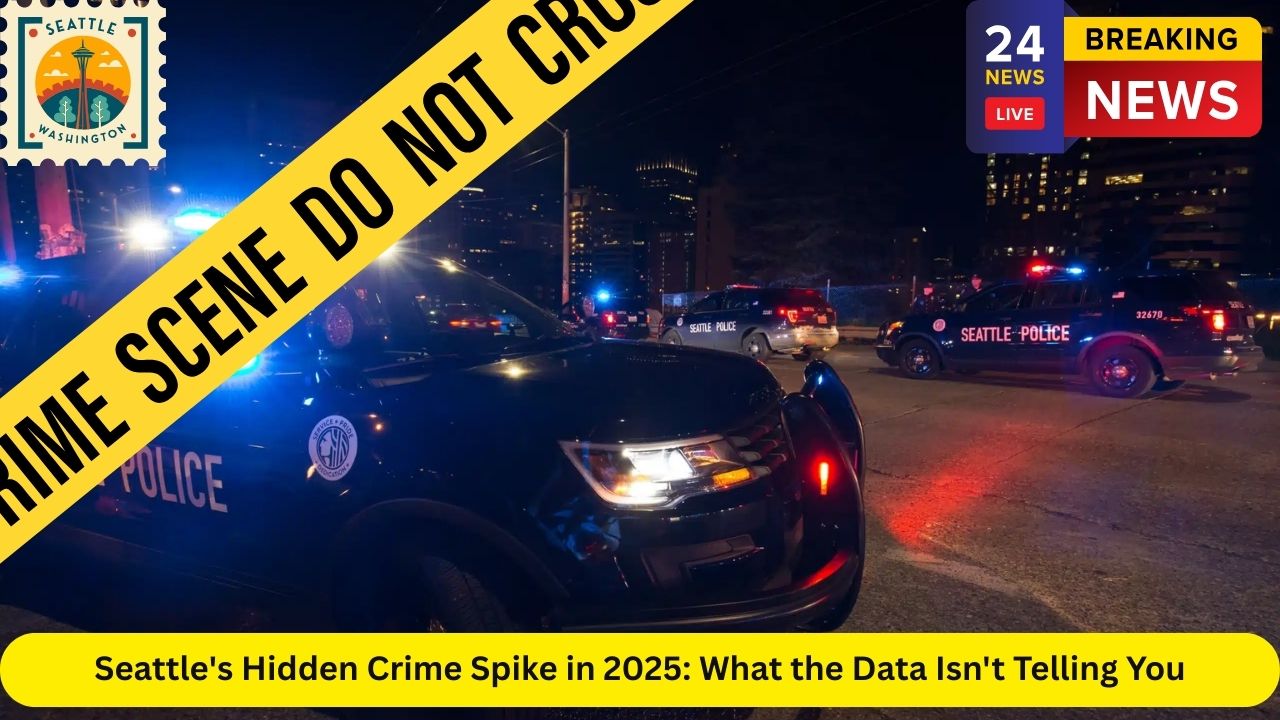

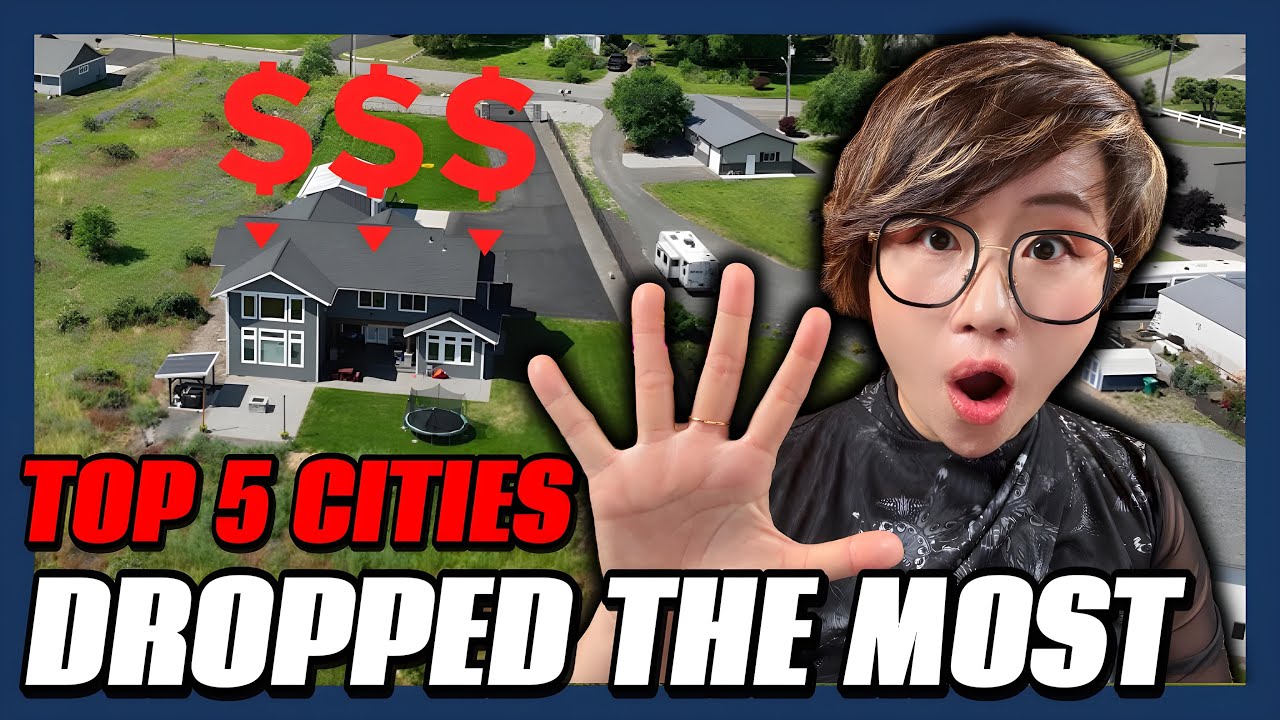
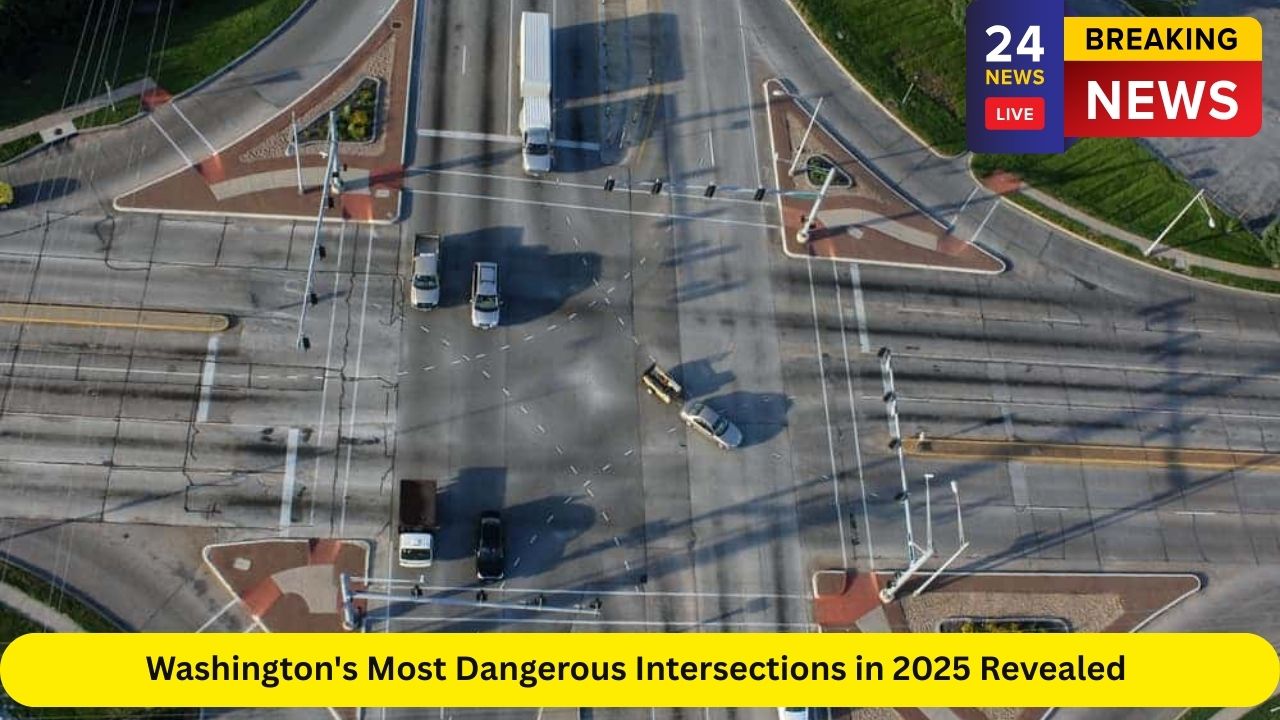
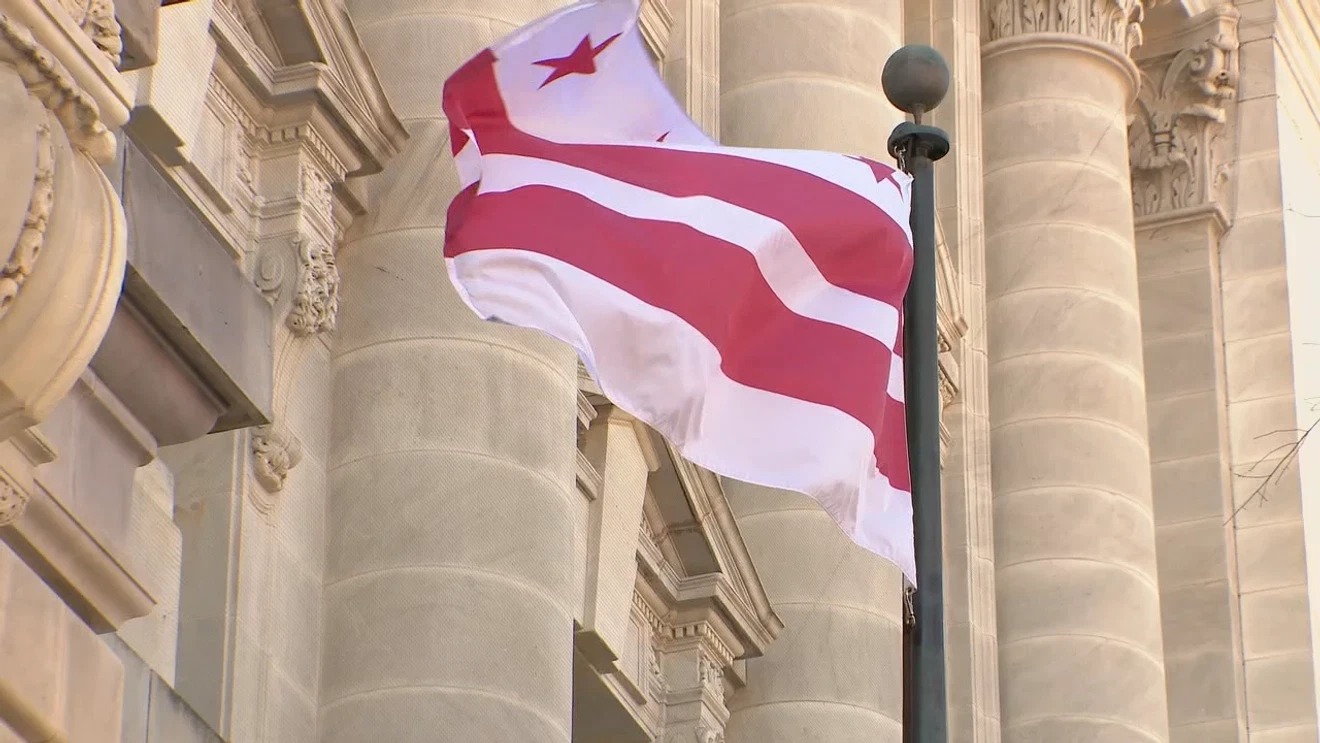
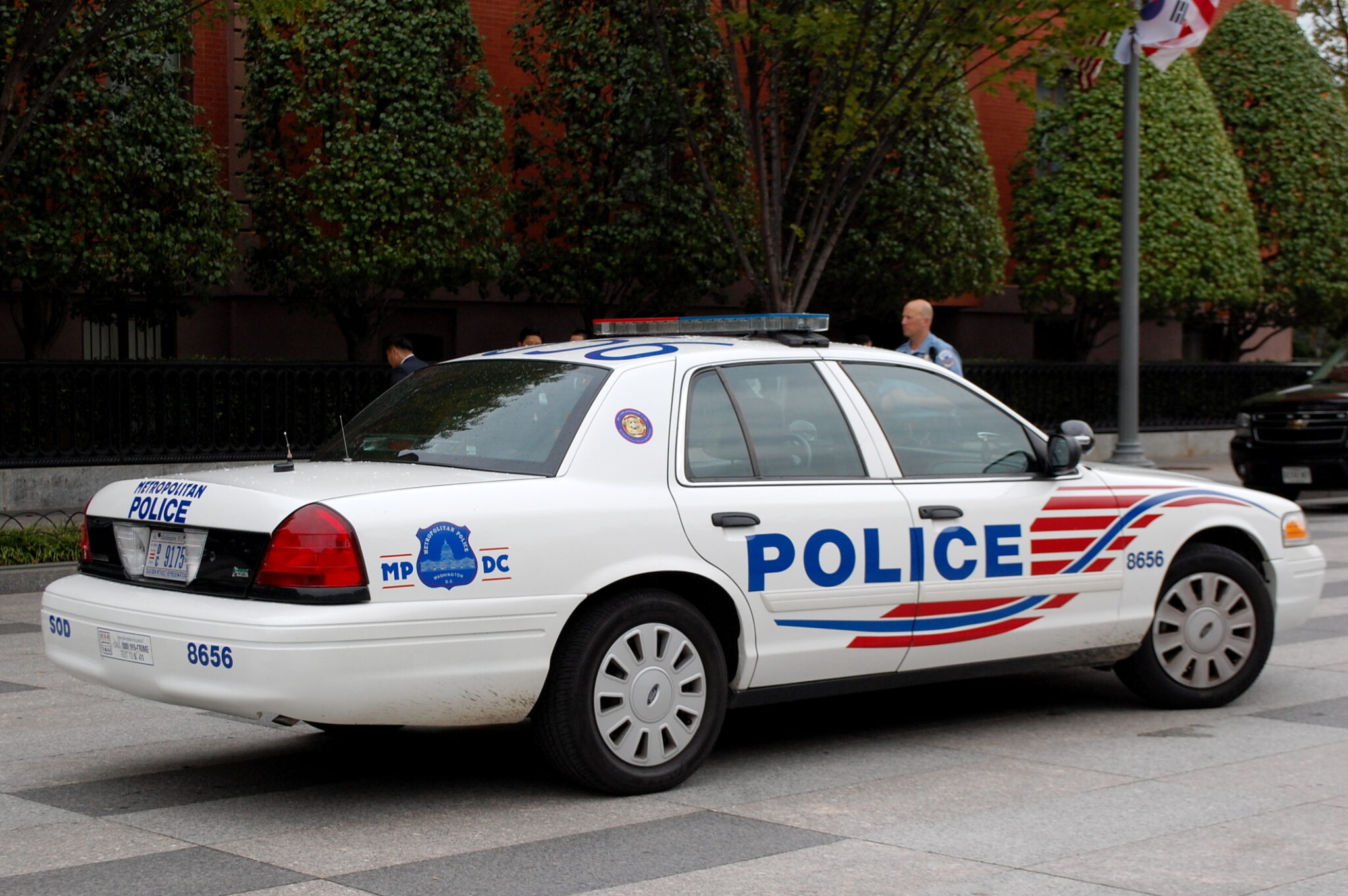
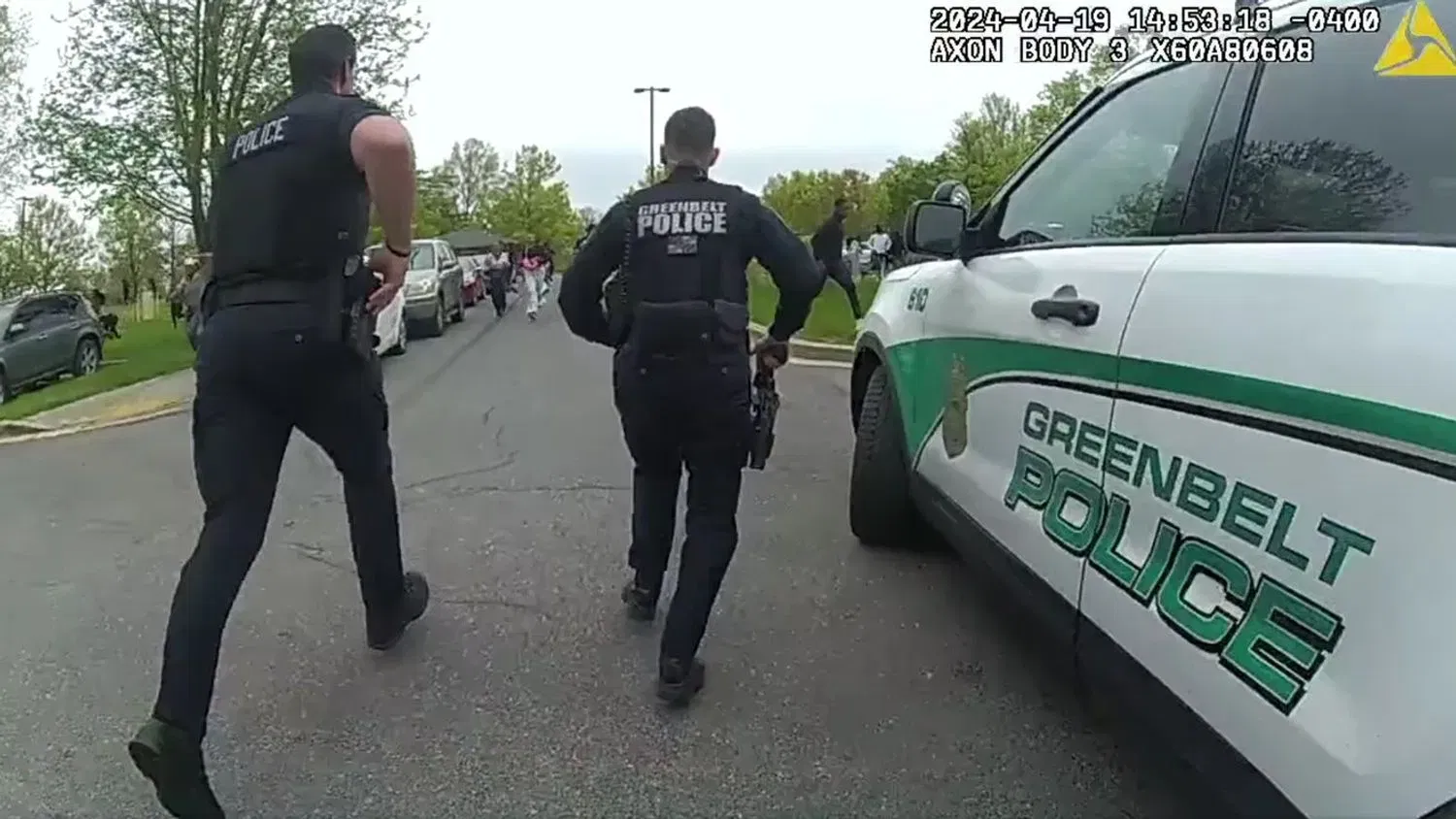
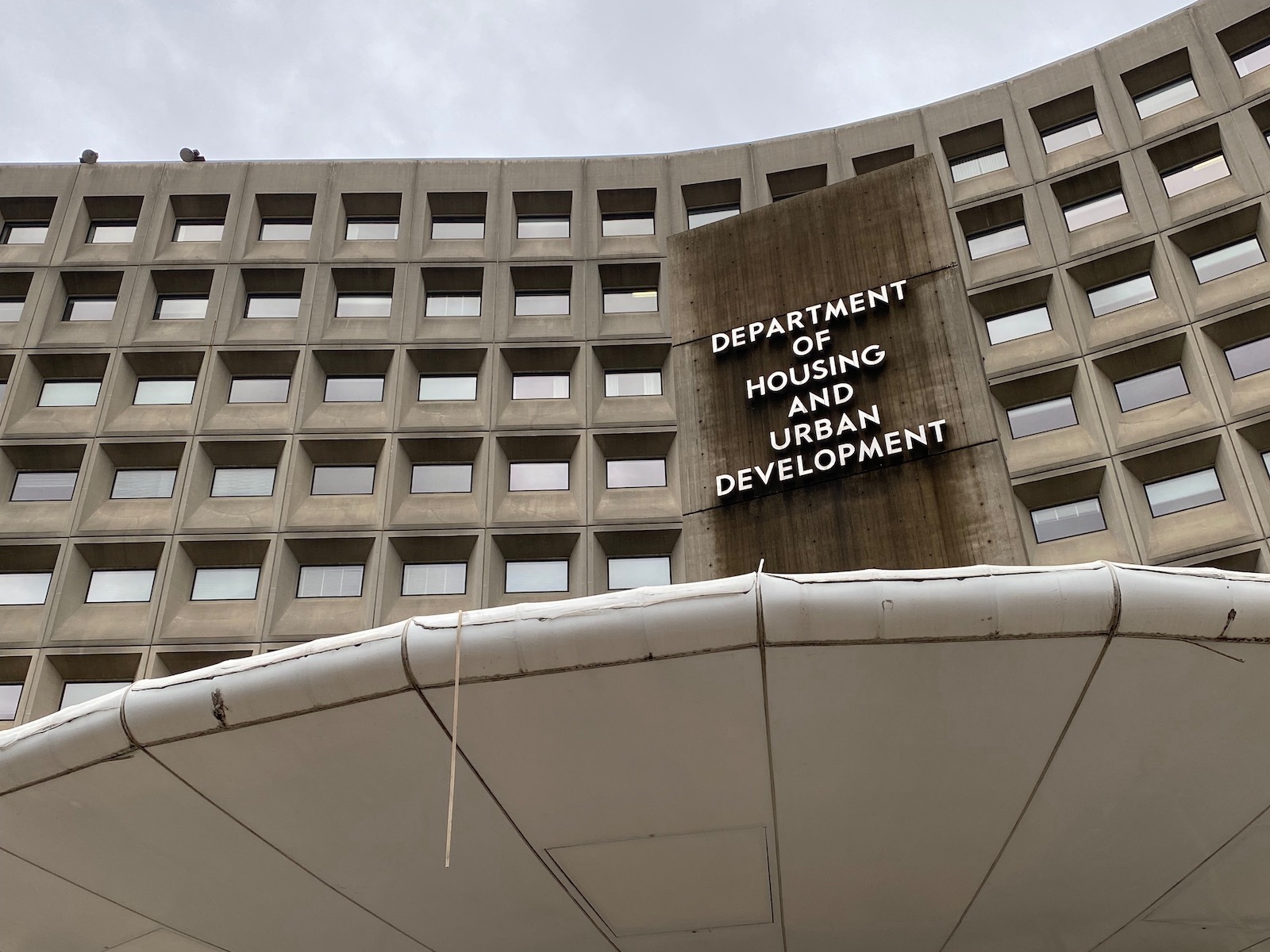

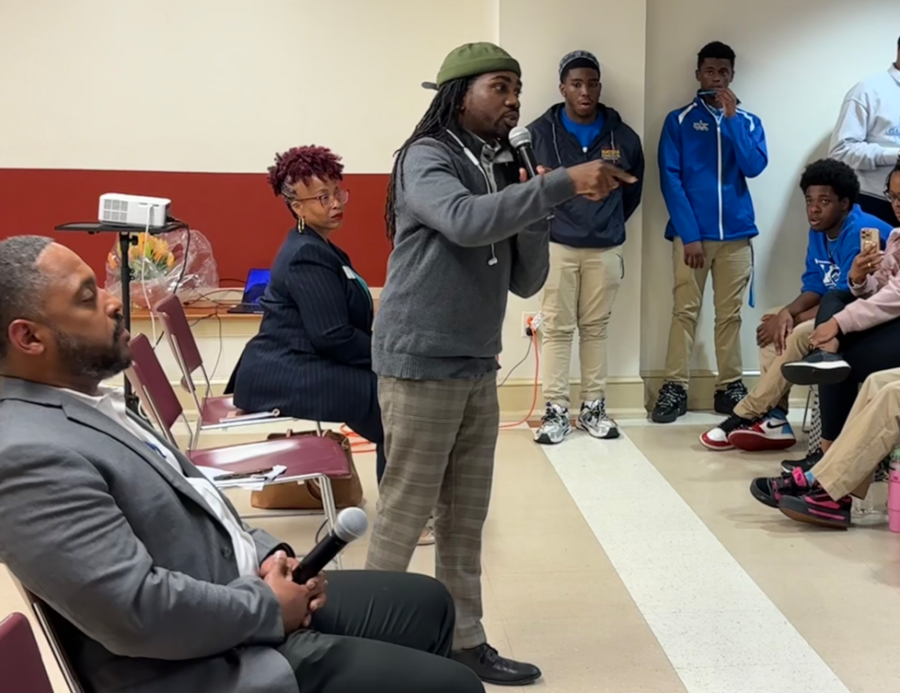

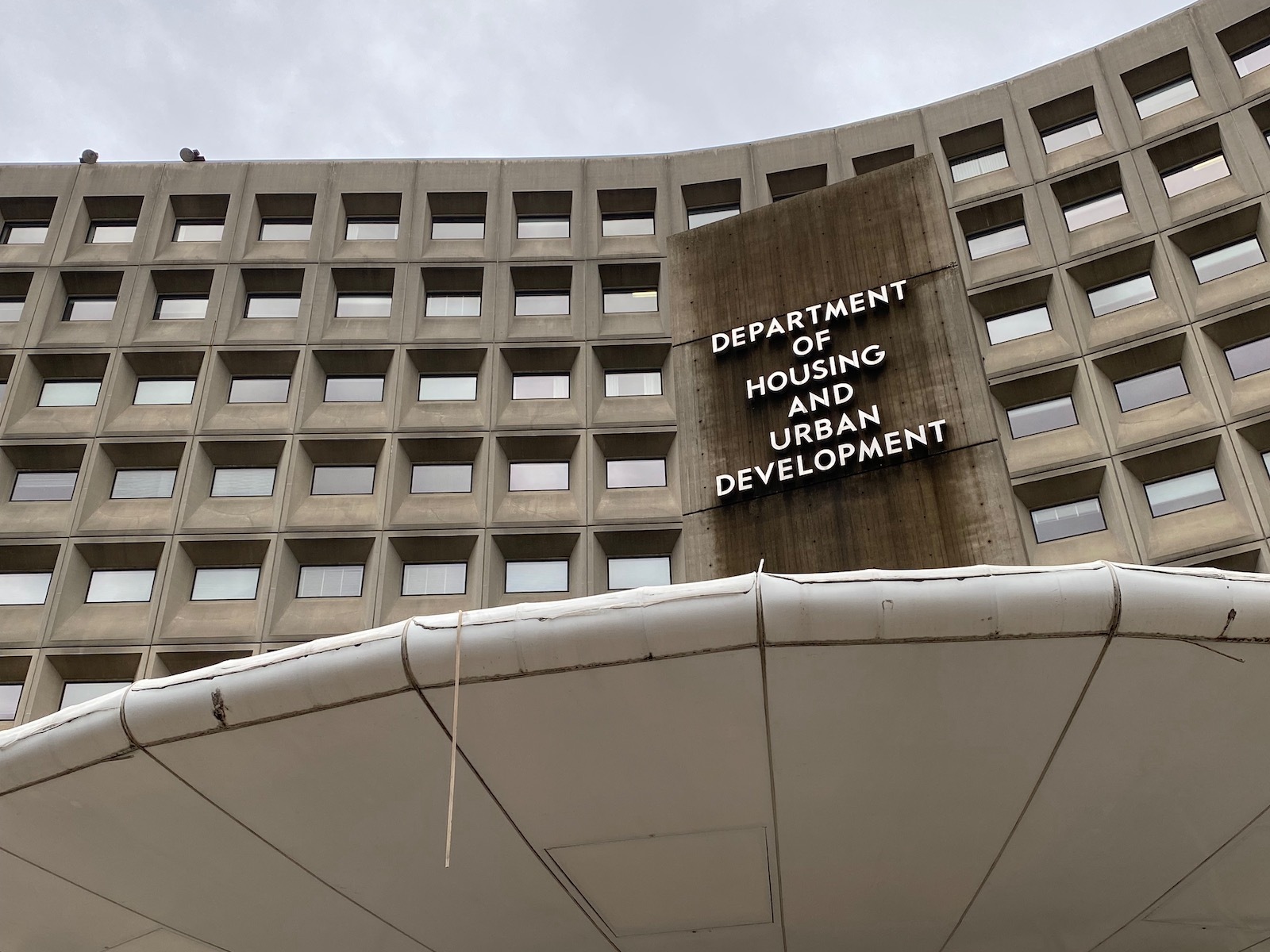

Leave a Reply